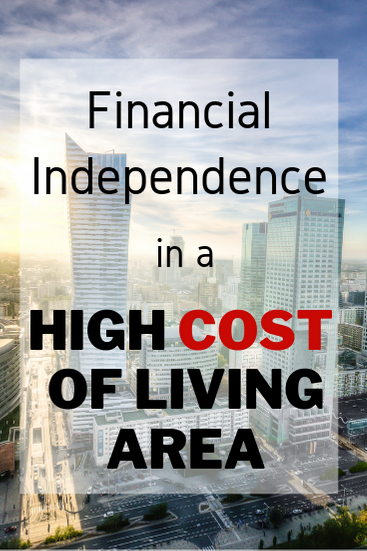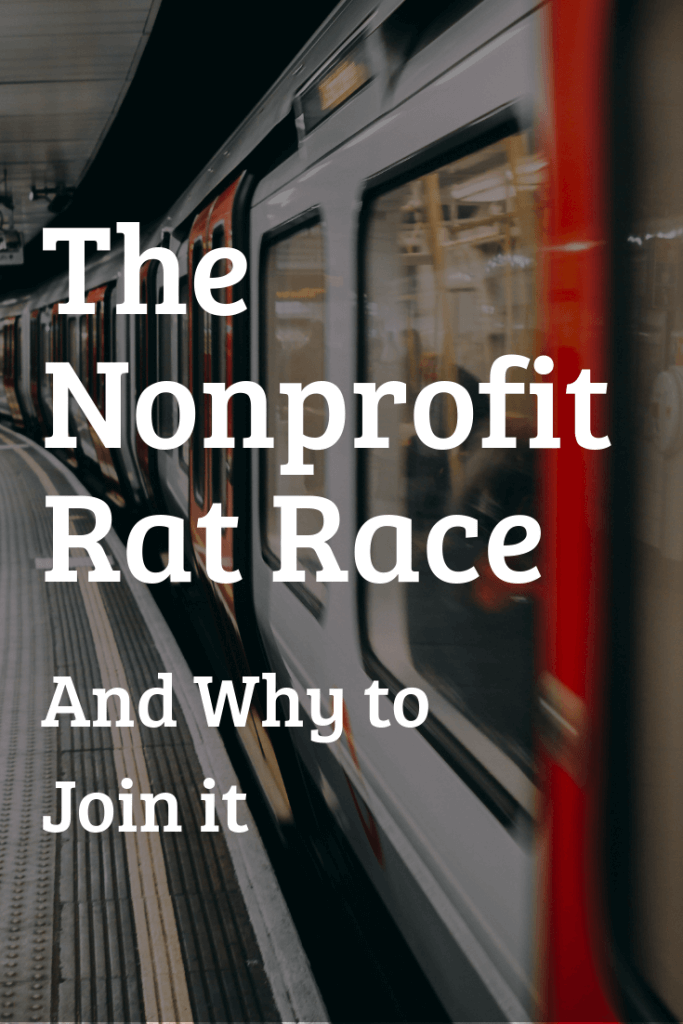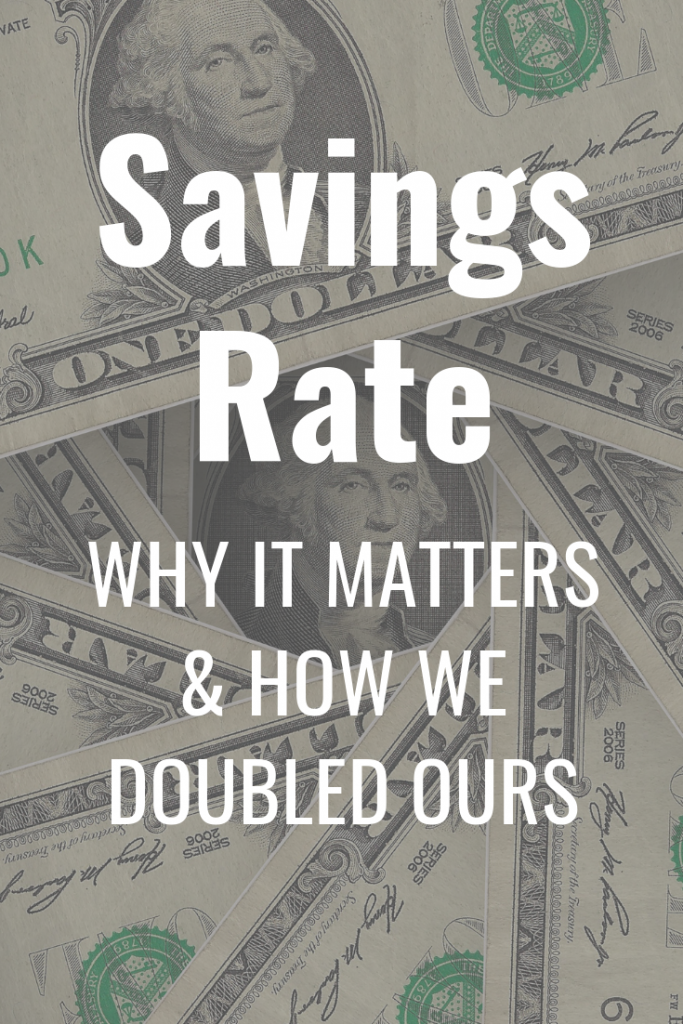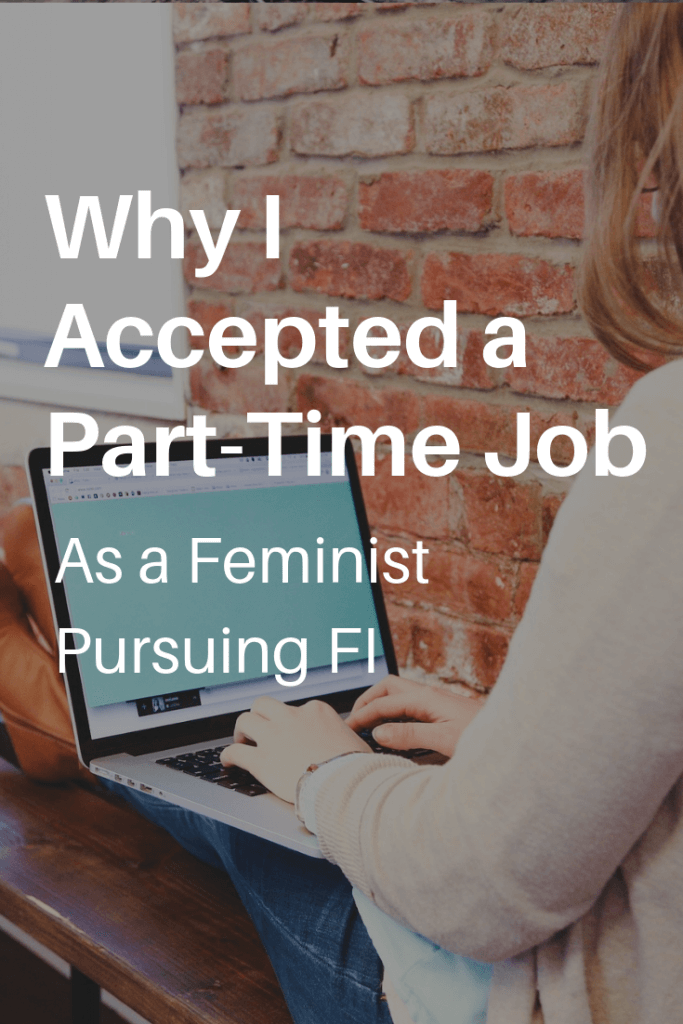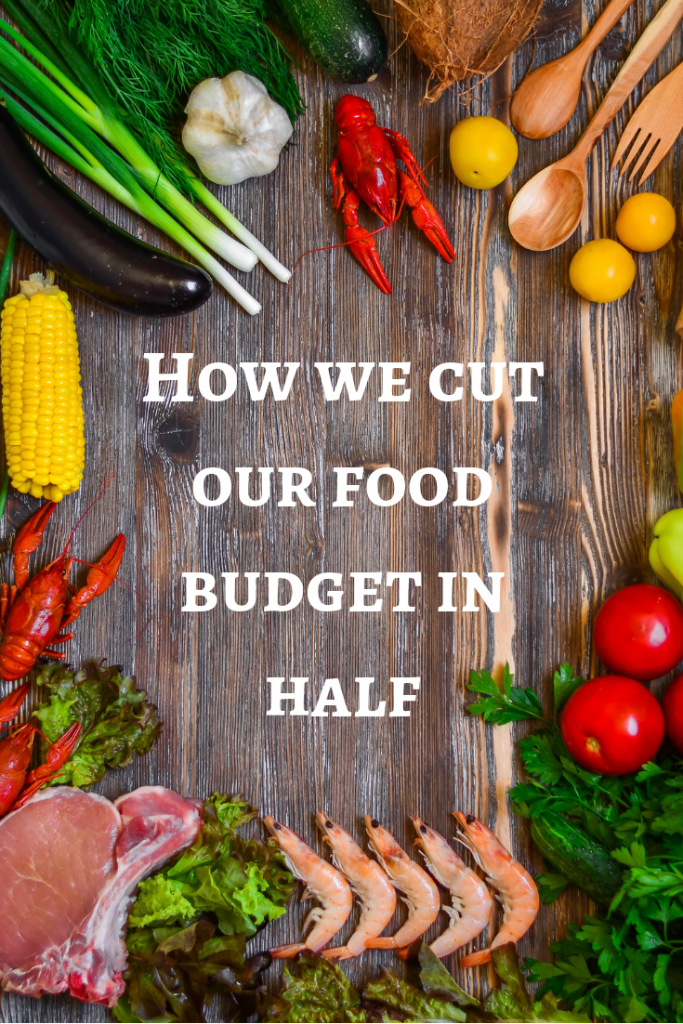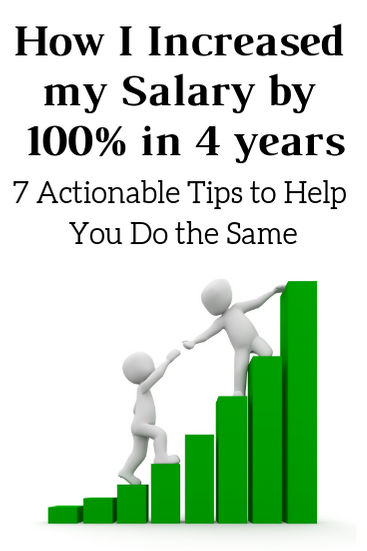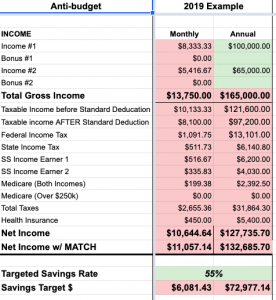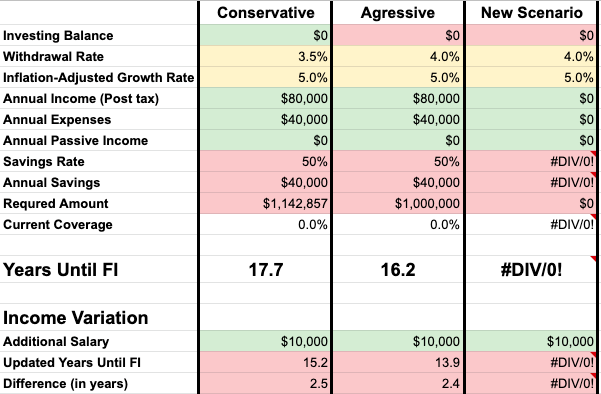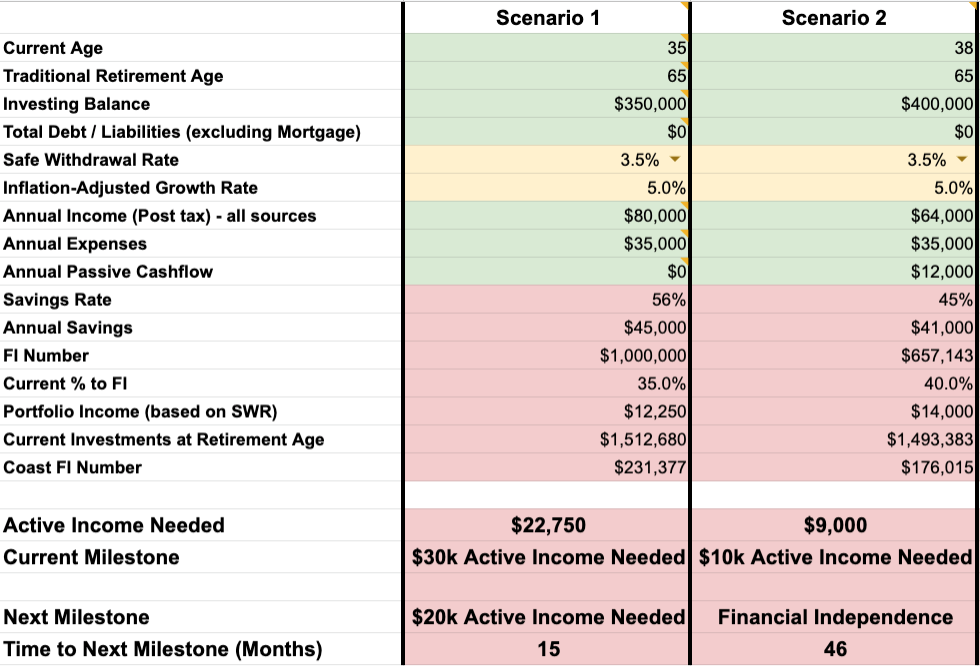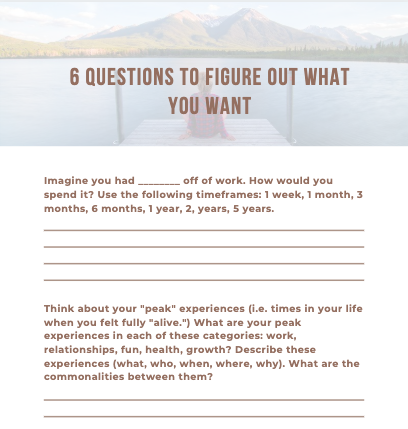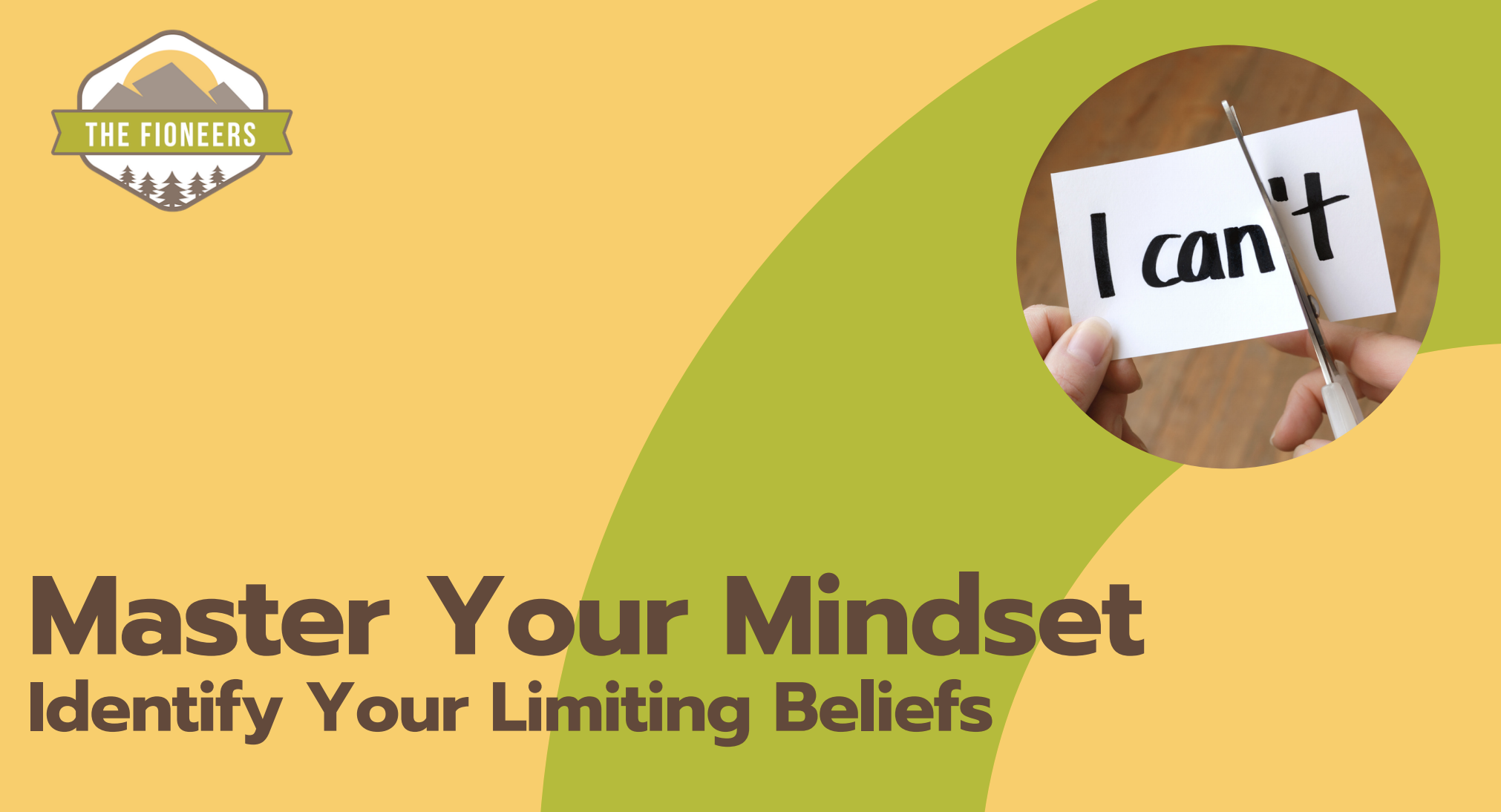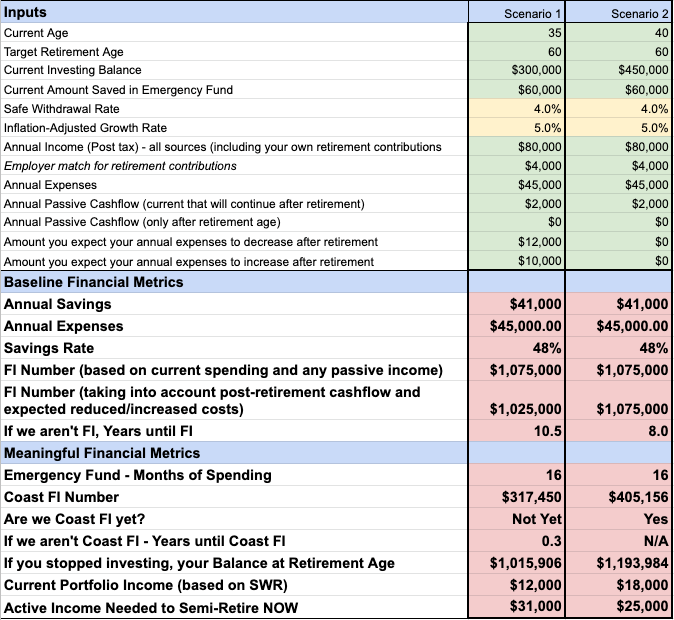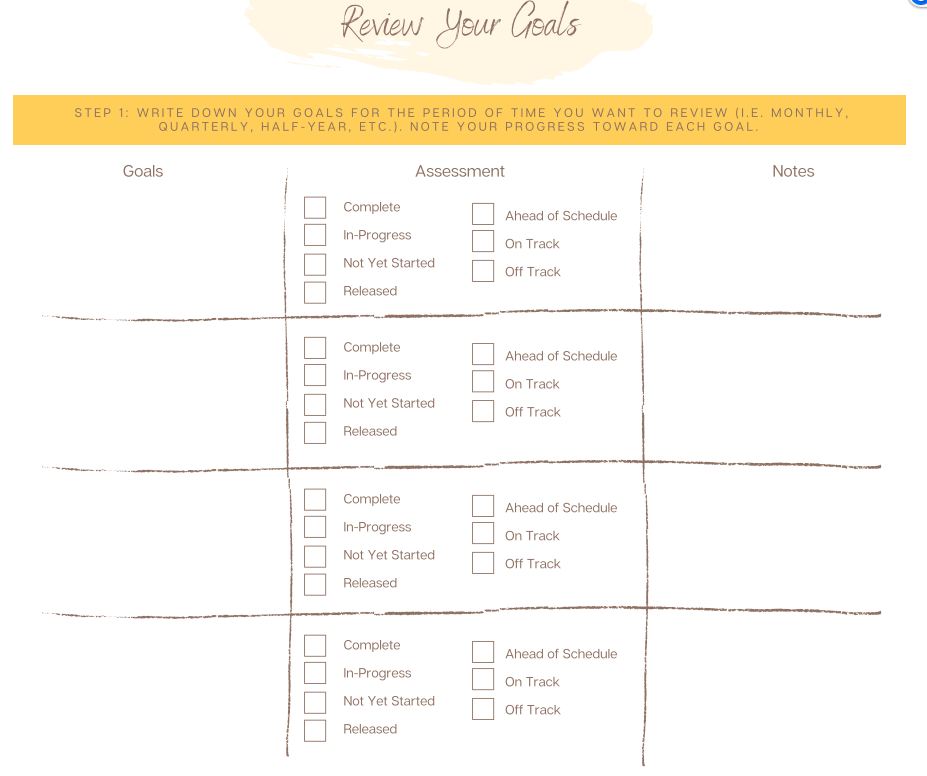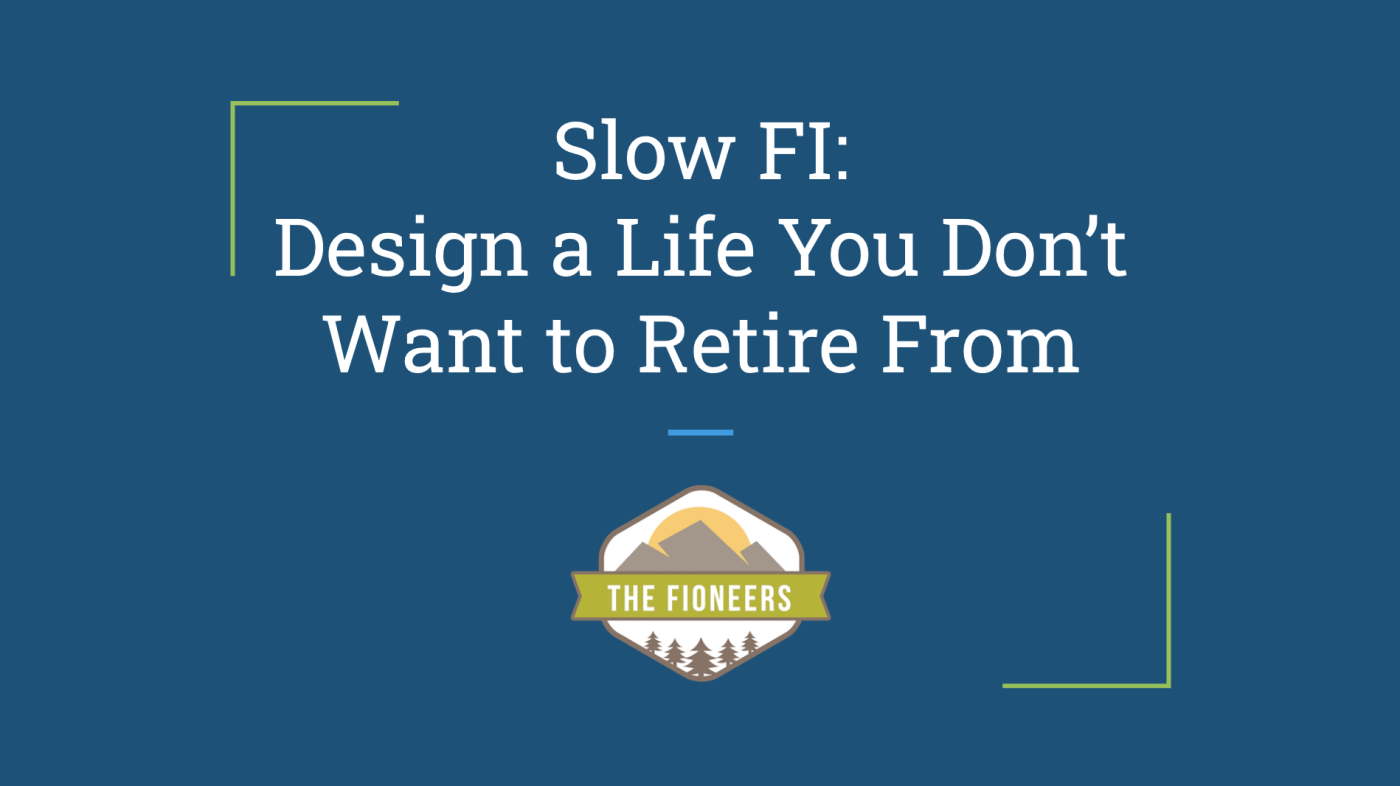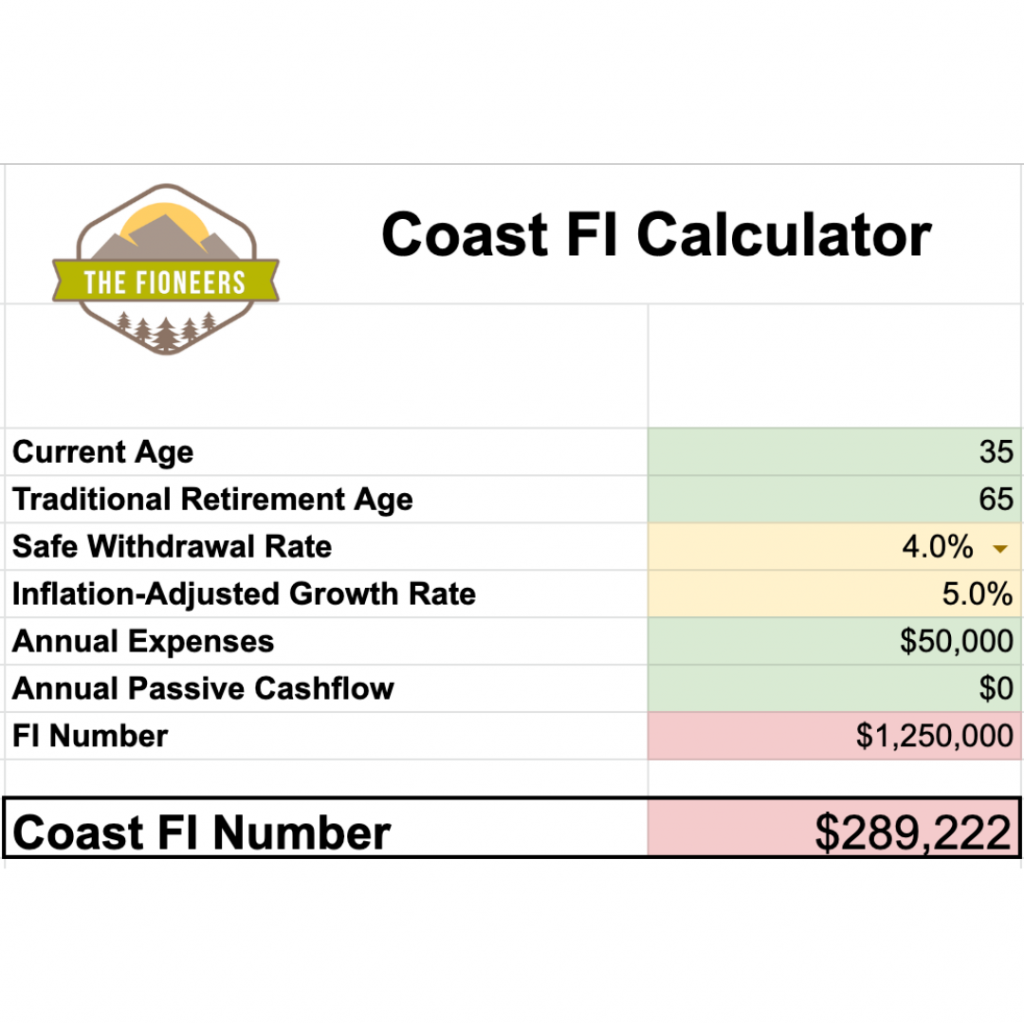
A few years ago at a financial media conference, I ran into Liz Thames, who next introduced herself as the blogger at Frugalwoods.com (although back then I don’t think I knew her last name – something I can relate to).
At the time I was obsessed with reading personal finance blogs, but I surprisingly had not heard of her website. We didn’t get to spend too much time talking as we met at a crowded dinner party, but I remember being intrigued by their story.
Liz and her husband Nate embarked on a plan of extreme frugality to save up enough money to escape the rat race and move to a homestead in Vermont. It ended up taking them roughly two years (from April 2014 to May 2016) to make this move. Liz now writes about her life living on their homestead.
As a financial independence blogger, I know this short of a FI timeline is only possible when a combination of three core elements are present: a high income, insanely low spending, and already-accumulated assets. It doesn’t necessarily require all three but does often require two of the three.
In other words, not everyone can decide to pursue FI and reach their goal two years later. Their story is still inspiring nonetheless.
Shortly after meeting Liz, I paid more attention to Frugalwoods because they offered an inspiring story of financial independence. It was a unique story that was clearly personal to them. I mean, come on, who wants to live in rural Vermont? Definitely not us. We love our city living.
I started following the Frugalwoods before Jess and I committed to our own financial independence journey. In many ways, you could say that the part of their story helped inspire our own journey to FI.
Last year, Liz (or Elizabeth Willard Thames) published her book Meet the Frugalwoods: Achieving Financial Independence Through Simple Living. It took me a while to get around to reading it (for reasons that I’ll mention later), but I’m glad I finally did. I discovered several things I did not previously know about their journey that impacted me in a meaningful way and that will inform our journey for some time.
A Different Type of Personal Finance Book
A big part of the reason it took me over a year to read the book is that I had heard it was a different type of book than I normally read. I wasn’t overly eager to pick up a so-called memoir because I’m used to reading nonfiction books that are more self-help focused or owner’s manual.
It’s just not my style, or so I thought.
In the book, Liz narrates about a 10-year span of her life going from graduating college to moving to rural Vermont. She walks us through the challenges of finding a job after school, getting engaged, having a child, and moving to Vermont.
Throughout the book, Liz weaves finances with her personal story, which was a refreshing reminder that personal finances are personal.
For example, I always understood that the outdoors was a big part of their lives, but I never knew why. Now I know that hiking and being outdoors was the activity that saved their marriage. With that background, it gives better context to why they would want to live in rural Vermont.
While there were moments where I found myself wanting to get straight to the point (because again my normal exposure to personal finance books mentioned above), I was also impressed with the power of her story. One of the benefits of the style of this book is the ability to share financial concepts in a very compelling format.
For example, one of the scenes that really stuck with me was from a time early on in Liz’s career. She was struggling with finding meaning in her fundraising job, so she turned to her boss after a long day and asked the following question:
“How do you measure success in your life?”
Liz has a way of telling a story that brings the reader along with her. I found myself wanting to know what this one person had to say in response to her question.
Is this one of those ‘aha moments’ that Liz kept with her and is now sharing with all of us? What piece of wisdom is she about to share with us?
These were the thoughts that were running through my head. I was not disappointed.
To her surprise (and mine), Liz received a response highlighting the importance of family and life outside of work. Liz then goes on to explain how this was a transformative event, decoupling the importance of success from work in a way that a self-help or owner’s manual would have failed to communicate.
Comparing Their FI Journey to Ours
Meet the Frugalwoods is a page-turner. As I was flipping through those pages (albeit with a flick of the thumb since I read it as an ebook), I couldn’t help but compare their journey to ours.
Time and time again, as I would read another story or tactic to save money, I found my inner voice saying something like, “Yup, we do that too,” or even “That’s very similar to what we have done.”
If you think I am exaggerating, here’s a list of the many similarities that I found:
- We both have frugal origins. Liz accepted an Americorps position in New York City after college. Coincidentally, Jess did the same thing about 1 year removed from college after working as a full-time fundraiser in New York City as we shared in our history with money post. That still is one of the few decisions to which I attribute Jess’ rapid career advancement.
- We are/were both DINK (Dual Income, No Kids) couples living in Boston. While Liz and Nate settled in Cambridge (the opposite side of the Charles River from where we live), I couldn’t help but find this similarity quite remarkable. Maybe there is something to my point that living in a HCOL city fuels the path to financial independence, despite popular belief.
- Strangely enough, we all work(ed) for mission-based employers. This was something I didn’t know about the Frugalwoods until reading the book. Jess and I have already written about working for a nonprofit is a good career alternative to find meaning in your day-to-day.
- It’s clear from the entire book that we are all goal-driven individuals. They set out on a goal to reach FI and move to rural Vermont in a few years and ended up reaching their goal early. While they had a more aggressive goal than we now have, they are very clearly individuals who set goals and work to achieve them. Jess and I are very much the same way. We often find ways to gamify financial independence to keep ourselves motivated.
- Like the Frugalwoods, we also bought a home in the city at age 28. There’s a certain amount of privilege (especially the access to good education) that allowed us to do this, but it wasn’t handed to us. While most people we knew were mindlessly spending through their twenties, we were saving up a down payment.
- Liz spends some time in Meet the Frugalwoods explaining how they succumbed to lifestyle inflation. We’ve also been guilty of lifestyle inflation, especially as it relates to food. She describes many personal triumphs with eliminating expensive habits, including foregoing professional haircuts and makeup. She writes, “The problem was that spending all this money didn’t make me feel any better. It didn’t get me any closer to feeling like I had a purpose.”
- Last, but not least, they also don’t buy gifts for each other. Jess and I have never been gift people, so I took comfort in knowing that there are others who are fighting this trend.
Discovering these similarities not only added another layer of interest to the book as I was going through it, but it was affirming at the same time. It’s nice to know that others used the same tactics on their path to financial independence.
That is not to say that I failed to notice differences as well. In fact, there are quite a few. For example, we are pursuing FI at a slower pace with very different goals. We’ve found a great community living in the city, and it’s one of the things keeping us here (whereas Liz shared not finding that until moving to Vermont).
The book was written in a way to make people think critically about their own lives. Liz wants us to re-think our basic assumptions and thus, encourages identification with their story, sometimes to a fault.
5 Takeaways and Reflections on Meet the Frugalwoods
As I mentioned above, this book provided new ways to think about things and reinforced some of the values and ideals that we strongly hold here The Fioneers. There were several takeaways that will stick with me after reading Frugalwoods.
1. Lack of Financial Transparency
One area where Meet the Frugalwoods could have been better is to provide more information about their financial information. It wasn’t until I finished the book that I realized that Liz failed to share many of the important details that could have been helpful for its readers.
I almost didn’t include this commentary because it was only in reflection on their story that I wanted more. It’s very clearly not a self-help book or owners manual for personal finance, but instead a memoir. It seems weird for me to ask for more information, especially as an anonymous blogger who also doesn’t disclose key information like net worth or income.
But I would have loved to know more details from that coffee shop moment where they laid out their plan to achieve financial independence. What did that look like in real numbers? I want to know more than the peak of their savings rate.
While I would love more information, this comment is not to discredit or take away from the value that this book has added.
As I was preparing my thoughts on this book, I stumbled across some negative reviews for the book, using really strong words. Many of the authors of these negative reviews went so far as to unfollow or suggest that the Frugalwoods don’t have anything to offer all of us.
I felt it important to acknowledge these reviews, but not to give light to them. They are throwing the baby out with the bathwater, so to speak. This is a shame and a naïve viewpoint that fails to disconnect ideas and values from individuals. Once you do disconnect ideas from specific individuals, you begin to see value, insight, and inspiration from all sources regardless of whether they are similar to you, hold certain values, or anything else.
2. Unique Perspective on Frugality
One of the reasons that I enjoyed this memoir is the insight into frugality. Frugality on the surface tends to get mislabeled as deprivation. Liz reminded me that frugality can be a self-discovery tool. In her own words:
“I didn’t view this new and intense level of frugality as a mechanism of deprivation, I instead saw it as an opportunity to identify my priorities. I wanted to isolate the variables that constituted my core happiness. My goal was to figure out when spending money made actionable, appreciable difference in my life…”
I also really appreciated her thoughts on frugality related to creativity and innovation:
“These revelations also led me to realize that paying money is the laziest, least creative way to solve a problem or reach a desired end.”
And finally, perhaps one of the most powerful lines in Meet the Frugalwoods,
“It was only after I stopped buying that I actually appreciated my own unique character, me on my own, divorced from the trappings of consumerism.”
It’s here that you can see that the author is being extremely vulnerable. Liz is showing us the value of an anti-consumerist lifestyle.
3. Importance of Time
Meet the Frugalwoods also had some elements of Your Money or Your Life (one of the first books to start the FIRE movement), when she emphasized the importance of time.
A big part of their journey to move to a homestead in Vermont is to buy back their time. There was this great one-liner that said it all:
“I’d thought money was the ultimate resource, but it was dawning on me that time is actually the greatest resource of all. More specifically, the ability to use my time as I wished.”
4. Our Journey is a Couple’s Adventure
This takeaway is more personal than the others, but I found this incredibly impactful. As I mentioned earlier, Liz spent some time talking about a difficult time in their marriage. It was here that I discovered the seed of hiking every weekend that would later blossom into the fully grown idea of moving to Vermont.
It was also the way in which Liz narrates the coffee shop moment, where her husband Nate went out on a limb and offers a bold vision. I’m not sure if this is exactly how it played out, but the way in which it was told struck a chord with me.
I’m the type of person to plan things out well in advance. This often comes with the cost of not sharing thoughts or ideas until they are fully formed.
It was this line of thinking that reminded me that Jess and I are on this journey together. While we have not had the same marital stress that they have, I’m excited to have a partner on this journey and need to make sure that this journey is being planned by both of us.
5. Buying Used and DIY
Last, but certainly not least, this book reinforced the value of buying used items and doing things yourself (DIY). We’ve dabbled in both.
It was a great reminder of both the financial benefits as well as an activity from which you can receive satisfaction. I’ve recently learned that I really enjoy doing DIY projects around the house, and it’s from the actual activity itself – not from the financial savings.
Overall, I really enjoyed the Meet the Frugalwoods. If you are looking for a different type of personal finance book to inspire you to think differently about your life, I highly recommend picking up Meet the Frugalwoods.

